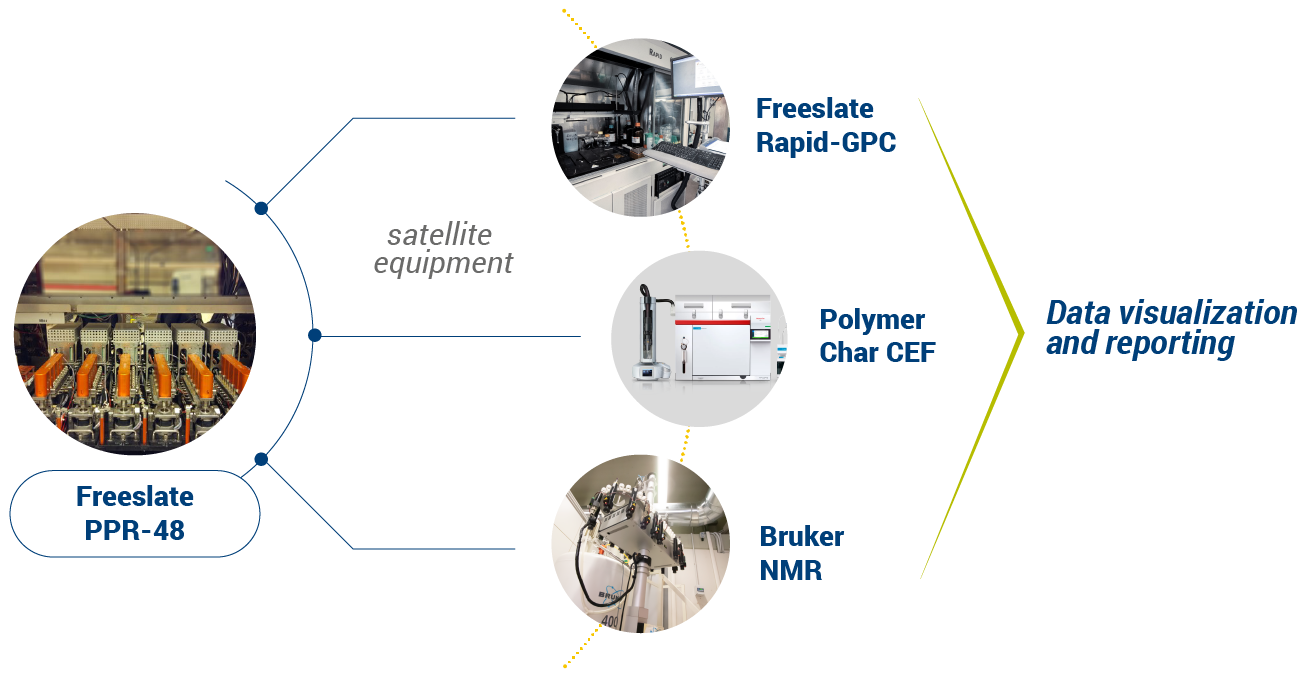
Xplore’s HTS workflow, centered around dual PPR-48 platforms, represents a fully integrated suite of tools for olefin polymerization catalysis. This system allows for precise control and monitoring of experiments on a micro-scale, seamlessly combining polymerization with advanced characterization techniques like GPC, NMR, and CEF. This integration enables the rapid development and detailed analysis of novel polymer materials, significantly accelerating the R&D process and offering a comprehensive solution for meeting current technological challenges in catalyst polyolefin research.
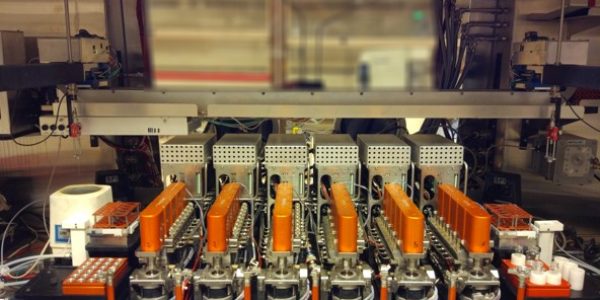
The Parallel Pressure Reactors (PPR) system, developed by Symyx/Freeslate and used at Xplore,
is a pivotal tool in polyolefin polymerization research. Specifically, the PPR-48 model consists of
48 mini-reactors, grouped into six modules of eight cells each. Each cell has a 5 mL operational
volume and supports polymer yields up to 500 mg, making it ideal for small-scale, high-throughput experimentation.
Key Features of the PPR-48 Include:
• Individual Cell Control: Chemical and process conditions can be individually set for each cell,
providing flexibility in experimentation.
• Unified Module Settings: Temperature and total pressure values are consistent across each
module, ensuring uniform conditions for comparable results.
• Online Monitoring: Real-time tracking of temperature, pressure, and monomer conversion rate to closely observe and adjust the polymerization process.
The system is equipped with advanced robotics, including two robotic arms with precision
dispensing capabilities, and operates within a triple inter-atmosphere drybox to prevent
contamination. This setup, combined with the LEA software suite, enables precise control and
efficient management of experimental parameters, making the PPR an indispensable asset for
developing new polymer materials under controlled and reproducible conditions.
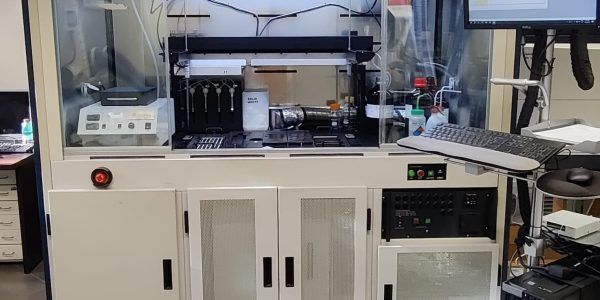
The Freeslate Rapid GPC consists in a sample preparation deck equipped with heated and stirred racks and two robotic arms for sample dissolution, combined with an oven equipped with a set of two mixed-bed Agilent PLgel 10 μm columns and a Polymer Char IR4 detector. It allows the determination of MWD parameters (Mn, Mw, Mz, PDI) based on universal PS calibration (1.25-3150 KDa) with a great sensitivity (typical sample concentrations are 0.3-1.0 mg/mL) and a minimum analysis time (13 min), ensuring throughput and data quality.
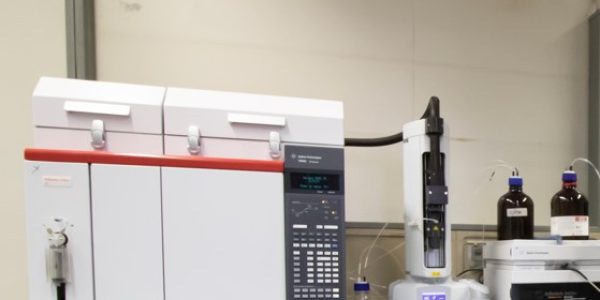
In CEF, macromolecules are separated in a temperature gradient according to their crystallizability in a slow flow of the solvent. Equipped with a robotic needle and autosampler, allowing unattended 24/7 operations (minimum 24 samples/day), CEF allows to:
- Determine of the CCD, by eluting sample solutions under fully customizable temperature-gradients methods
- Quantify the soluble fraction
- Collect compositional (-CH3/1000C) and viscometer (IV) measurements along the CCD (under temperature-gradient conditions) or for the bulk solution (under isothermal conditions)
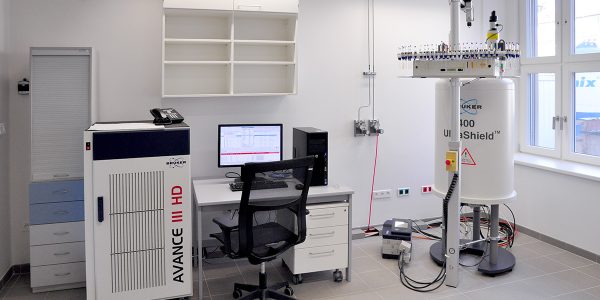
- Tacticity measurement for homopolymers of α-olefin, with steric pentad/heptad distribution (or higher resolution)
- Copolymer analysis, with quantification of comonomer amount and sequence distribution
- Analysis of complex PO blends (multilayer materials, high impact PP, etc.) with fraction quantification, comonomer composition and tacticity measurement (where applicable)
- Analysis of PO-based copolymers containing functional groups, with comonomer identification and quantification and tacticity measurement (where applicable)
